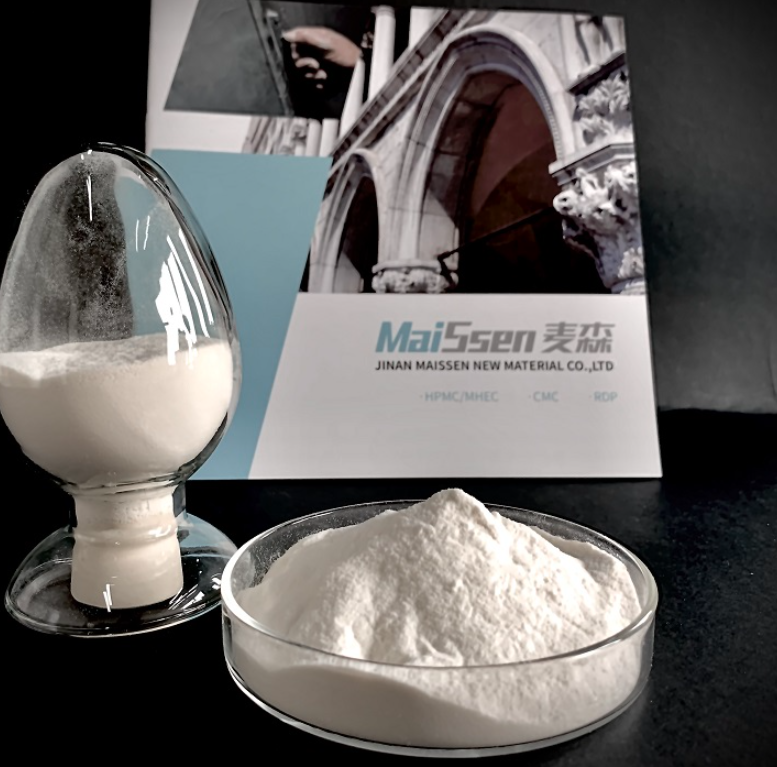Hydroxypropyl Methyl Cellulose (HPMC) as a Stabilizer in Emulsion Systems
Hydroxypropyl Methyl Cellulose (HPMC) is a versatile and widely used compound in various industries, including pharmaceuticals, food, and cosmetics. One of its key applications is as a stabilizer in emulsion systems. Emulsions are mixtures of immiscible substances, such as oil and water, and stabilizers like HPMC play a crucial role in maintaining the stability and quality of these formulations. In this article, we will explore the benefits and properties of HPMC as a stabilizer in emulsion systems, highlighting its role in enhancing product performance and shelf life.

Emulsion Stability and Shelf Life Extension
Emulsion systems, such as creams, lotions, and suspensions, are prone to phase separation and destabilization over time. This can result in the formation of visible oil droplets, loss of viscosity, and compromised product performance. HPMC acts as a stabilizer by preventing or minimizing these issues, thereby extending the shelf life and maintaining the desired properties of emulsion-based products. It helps to create a uniform and stable dispersion of oil and water phases, ensuring that the emulsion remains homogeneous and visually appealing throughout its intended shelf life.
Film-Forming and Rheological Properties
HPMC possesses film-forming properties, which contribute to the stability of emulsion systems. When applied to the surface of droplets or particles within the emulsion, HPMC forms a thin, flexible film that acts as a barrier, preventing coalescence and aggregation. This film barrier helps to maintain the integrity of the emulsion and inhibits the migration of oil droplets. Additionally, HPMC imparts desirable rheological properties to emulsions, influencing their viscosity, flow behavior, and texture. This enhances the sensory experience of emulsion-based products and ensures smooth and easy application.
See also:Is liquid adhesive strong?
What is cold applied tape?
SEVOFLURANE: UNVEILING ITS ROLE IN ANESTHESIA AND BEYOND
What is the Sponge Spray Glue for Insulation Foam?
What is Alkali-Resistant Fiberglass Mesh?
Questions about You Should Know about HPMC
What is Hydroxypropyl Methylcellulose Used For?
Compatibility with Active Ingredients
In addition to stabilizing emulsion systems, hydroxypropyl methyl cellulose-HPMC exhibits excellent compatibility with a wide range of active ingredients commonly used in pharmaceutical, food, and cosmetic formulations. It can effectively stabilize emulsions containing hydrophobic or hydrophilic active substances, enhancing their overall stability and preventing ingredient separation or degradation. This compatibility allows formulators to incorporate various functional ingredients into emulsion systems while maintaining their desired performance and stability.
Moisture Retention and Texture Enhancement
HPMC has the ability to retain moisture, making it a valuable component in emulsion systems that require hydration and moisturization. It forms a protective barrier on the skin or hair, reducing moisture loss and maintaining hydration levels. This moisture retention property contributes to the overall efficacy of emulsion-based products, such as moisturizers, by providing long-lasting hydration and improving skin or hair texture. HPMC also enhances the spreadability and texture of emulsions, ensuring smooth application and a pleasant sensory experience for users.
Regulatory Compliance and Safety
HPMC is widely recognized as a safe and compliant ingredient in various industries. It has been extensively tested for its safety and is approved for use in pharmaceutical, food, and cosmetic applications. HPMC manufacturer complies with regulatory standards and guidelines, ensuring that emulsion systems formulated with this stabilizer meet the required safety and quality standards. Its non-toxic and hypoallergenic nature makes it suitable for use in a wide range of consumer products.
Conclusion
Hydroxypropyl Methyl Cellulose (HPMC) plays a crucial role as a stabilizer in emulsion systems, contributing to their stability, shelf life extension, and performance. Its film-forming and rheological properties, compatibility with active ingredients, moisture retention capabilities, and safety profile make it an ideal choice for formulators in the pharmaceutical, food, and cosmetic industries. By incorporating HPMC as a stabilizer, emulsion-based products can maintain their desired properties, provide enhanced performance, and offer an improved sensory experience to consumers.
See also:What is zirconium phosphate used for?
Exploring Diverse Processes for Producing Hydrogen Peroxide
Top Picks: Best Dimethyl Urea Nail Hardeners
What are the different types of exterior insulation finishing systems?
Is HPMC Safe for Use in Tile Adhesive?
What is 1 amino 2-naphthol 4 sulfonic acid used for?
What is alpha keto leucine calcium salt used for?









